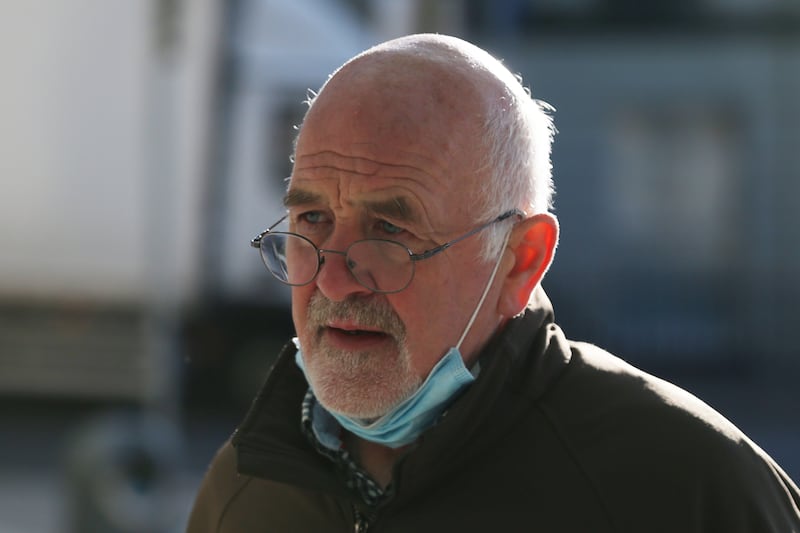The Child Poverty and Wellbeing Programme Office must take a “helicopter role” in monitoring the delivery of anti-poverty measures by all departments and their agencies, a conference on ending child poverty has been told.
Elizabeth Canavan, assistant secretary general in the Department of the Taoiseach, who is responsible for the office, said it was “important to remember what the State has achieved” since the time when the options were unemployment or emigration.
But she said there was much to be done to tackle six critical issues including generational poverty; family homelessness; the provision of education; income support and joblessness; early learning and childcare; the integration of State supports and to enable participation in culture and sport.
She said the first programme of work for the office, published as From Poverty to Potential, had set out a focused and time-bound programme of work over two and a half years, to the end of 2025. It was, she said, a concentration of “the differences that would make a difference”.
‘A guy who was well respected around town’: The catastrophic story of Custom House Capital and Harry Cassidy
From a conference to court: The Web Summit case begins
Why are so many recipients of US Medal of Honor of Irish descent?
Seán Moncrieff: The estate agent quoted a jaw-dropping figure for what he thought our house would go for
While this was an interdepartmental and multi-agency approach, a key challenge for the child poverty office would be to monitor the delivery of policy “taking a helicopter overview of departments”. It was, she said, about “eyeballing our colleagues”.
The conference, organised by the Children’s Rights Alliance as part of End Child Poverty Week, also heard from Dr Anna Visser, a principal officer attached to the new Child Poverty and Wellbeing Programme Office, who said similar programmes in Scotland, New Zealand and Finland had provided inspiration on what central government can do to address child poverty. She said a lot of the plans for change centred on the budget process and building child poverty measures across all Government processes.
Marian Quinn, chief executive of the Childhood Development Initiative, told the conference her organisation was now seeing four generations of community who had grown up in Tallaght, Dublin. She said a new feature to the disabling aspects of poverty was homelessness or the fear of homelessness “which would not have been there 20 years ago”.
Maria Minguella, social inclusion co-ordinator with the Tipperary Town Revitalisation Task Force, said 40 per cent of the adult men in the town were unemployed and this affected all aspects of life in the town, including pride of place. “People came out to protest that Tipperary town has been forgotten and they want a better future for their families,” she said. Anti-poverty measures needed to encourage engagement and activity, she said.
Tanya Ward, chief executive of the Children’s Rights Alliance, said it was “really important” to take away the stigma and shame of poverty, as it was not the fault of individuals but of policymakers and politicians.
The Irish Times columnist Fintan O’Toole said anti-child poverty measures were embedded in the State since the First Dáil in 1919. He said there was much anxiety among families for “a sense of the future”.












